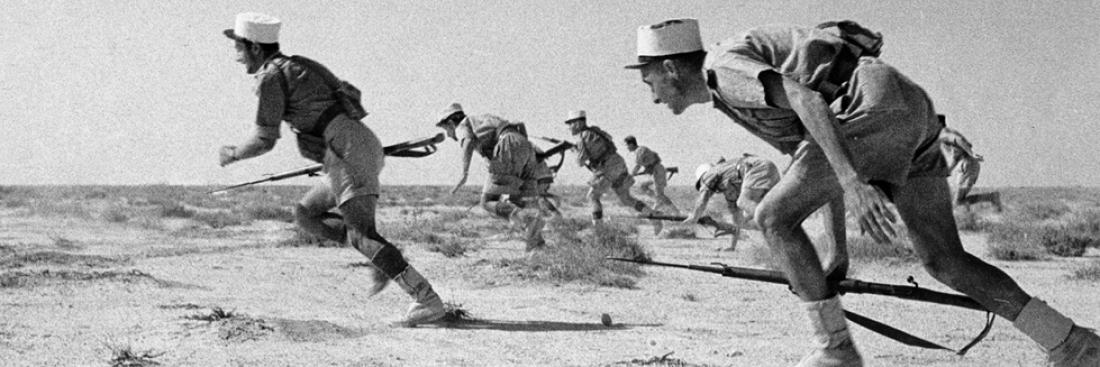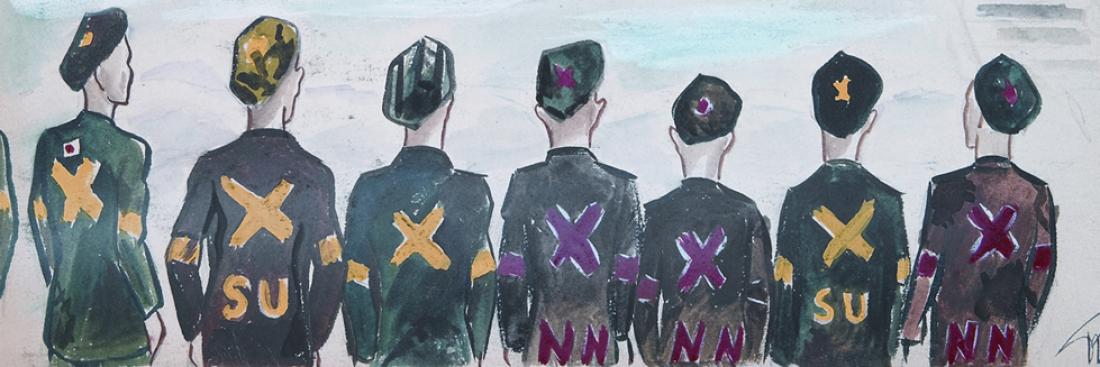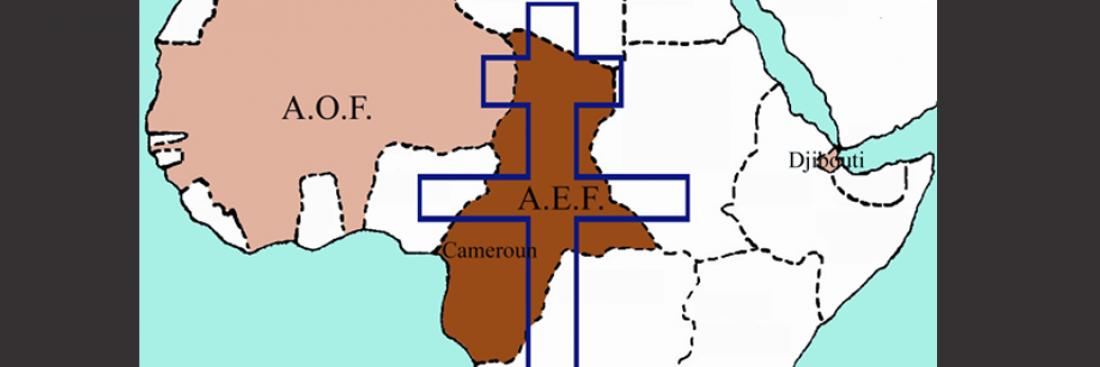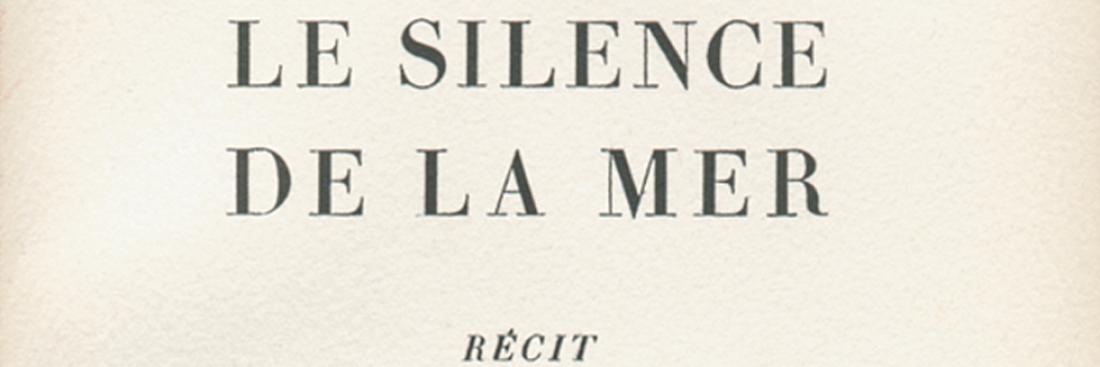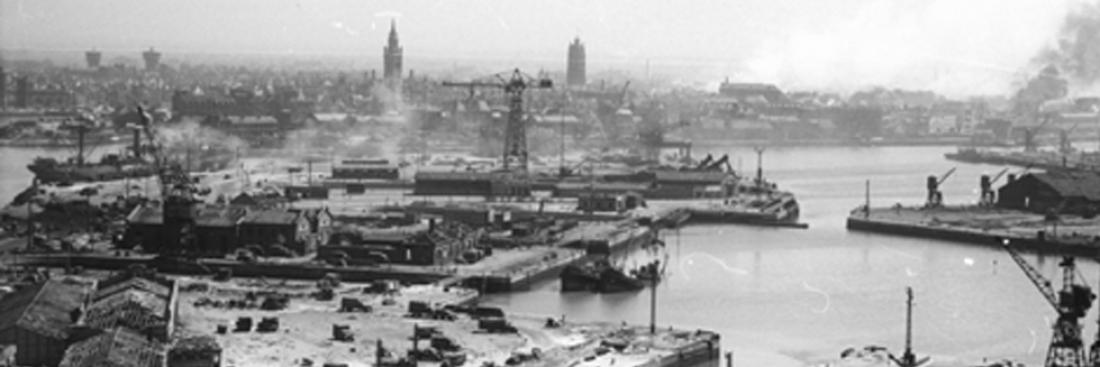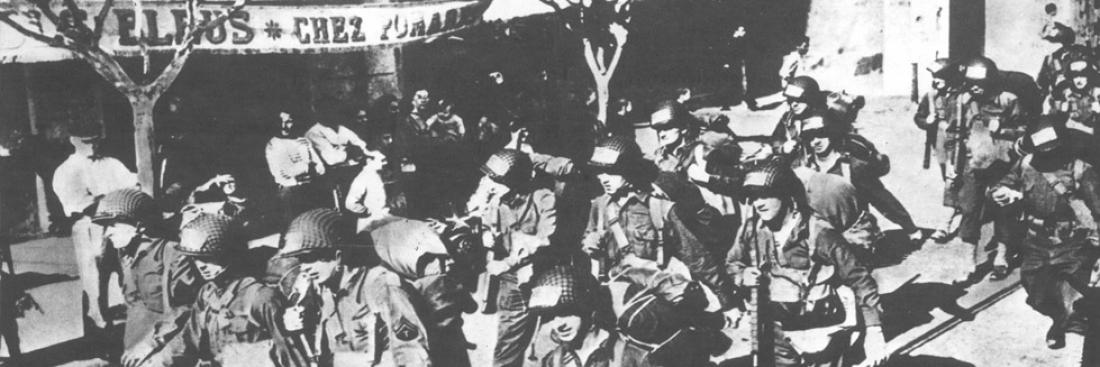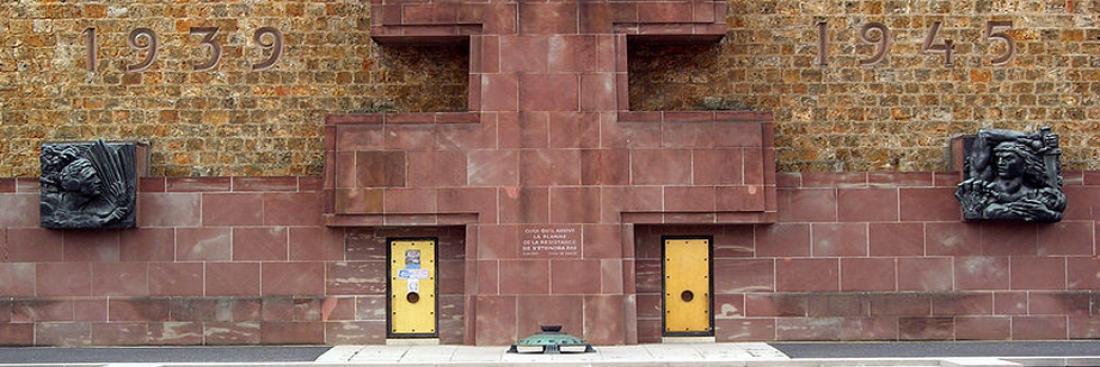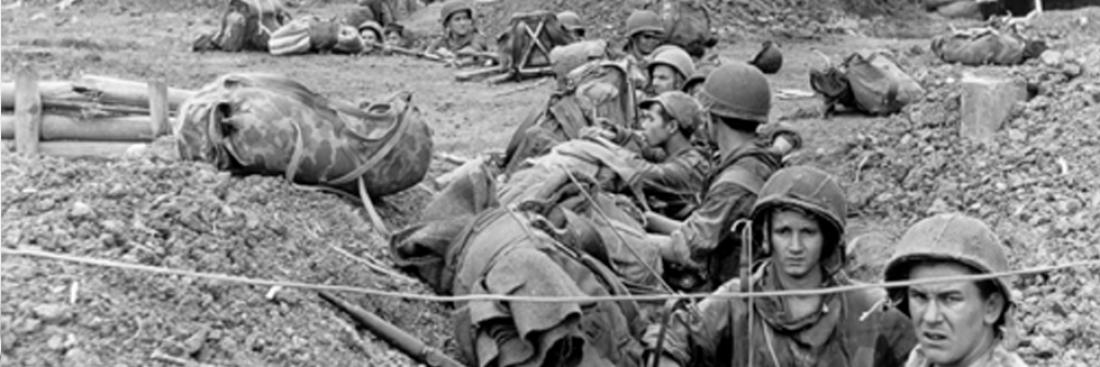
Dien Bien Phu camp, French paratroopers in a trench. Source: ECPAD France
France had been at war with Indochina since 1946 in its efforts to defeat the Viet Minh led by communist Ho Chi Minh who wanted independence for the country. The French Far East Expeditionary Corps (CEFEO) attempted to stop the Viet Minh troops advancing to Laos from 1952, notably by installing a fortified air-land base to break the enemy forces.
The first fortified camp was set up in Na San between October 1952 and August 1953. As the forces led by General Giap, a general in the Viet Minh army, furthered their advancement, the French command decided to build a second camp in Dien Bien Phu.
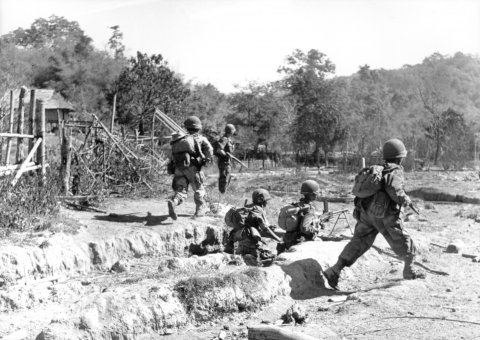
Dien Bien Phu. Source: ECPAD France
